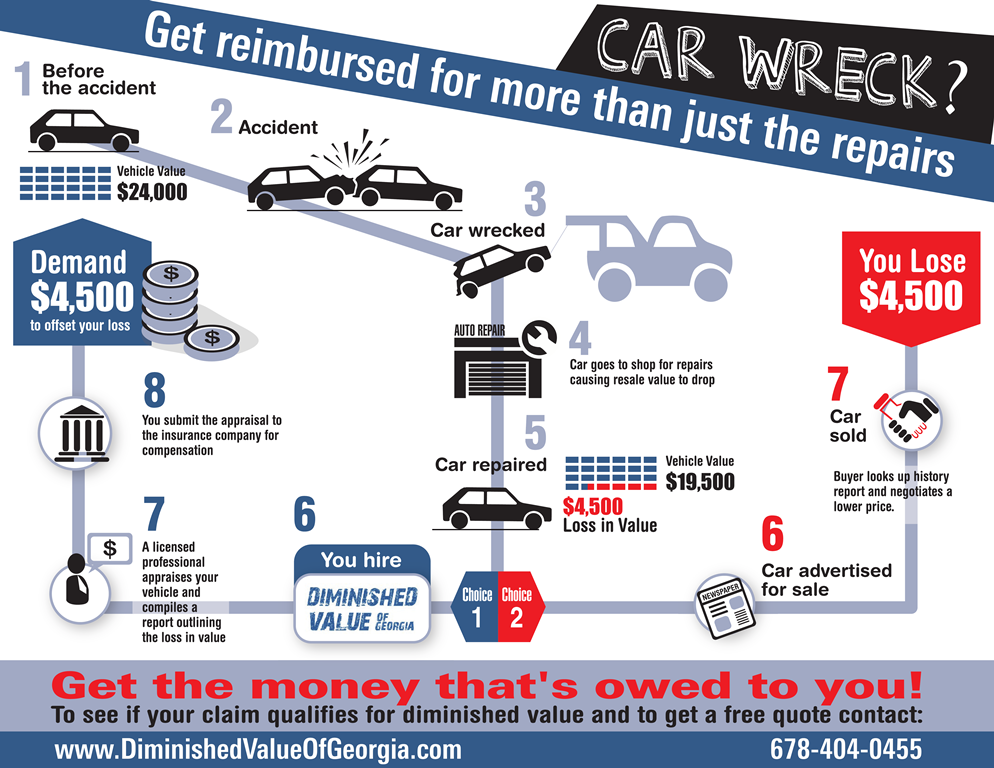Seeking Clarity On The Caution Lights Showed On Your Auto'S Control Panel? Figure Out Just How They Associate With Your Automobile'S Health And Safety
Seeking Clarity On The Caution Lights Showed On Your Auto'S Control Panel? Figure Out Just How They Associate With Your Automobile'S Health And Safety
Blog Article
Content By-Higgins Stark
When you're behind the wheel, those glowing warning lights on your control panel can be a little bit bewildering. Do just click the following internet page know what they're attempting to tell you regarding your car's health and wellness? Comprehending the value of these lights is crucial for your security and the durability of your vehicle. So, the next time among those lights turns up, would not you intend to decode its message properly and take the needed steps to resolve it?
Common Caution Lights and Interpretations
Determine typical caution lights in your auto and understand their meanings to ensure risk-free driving.
One of the most common caution lights consist of the check engine light, which indicates issues with the engine or discharges system. If premier auto detailing comes on, it's essential to have your car checked without delay.
The oil stress cautioning light suggests reduced oil stress, calling for prompt focus to stop engine damages.
A flashing battery light might suggest a defective charging system, possibly leaving you stranded if not addressed.
The tire pressure surveillance system (TPMS) light signals you to reduced tire pressure, affecting automobile security and gas performance. Overlooking this can cause unsafe driving conditions.
The abdominal muscle light indicates a problem with the anti-lock stopping system, compromising your capacity to quit swiftly in emergency situations.
Lastly, the coolant temperature cautioning light warns of engine getting too hot, which can result in extreme damages otherwise solved swiftly.
Recognizing these common caution lights will assist you deal with issues promptly and maintain risk-free driving problems.
Value of Prompt Attention
Recognizing the typical caution lights in your vehicle is only the primary step; the relevance of promptly addressing these warnings can not be emphasized sufficient to ensure your safety when driving.
When a caution light brightens on your control panel, it's your vehicle's means of connecting a prospective issue that needs interest. Ignoring these warnings can result in a lot more serious issues down the road, jeopardizing your security and potentially costing you extra in repairs.
Prompt interest to warning lights can prevent breakdowns and accidents. For example, a blinking check engine light could indicate a misfire that, if left ignored, could create damage to the catalytic converter. Addressing this immediately can conserve you from a costly repair service.
Likewise, a brake system cautioning light may signify low brake liquid or worn brake pads, crucial parts for your safety when driving.
DIY Troubleshooting Tips
If you notice a warning light on your dashboard, there are a couple of DIY troubleshooting pointers you can attempt before seeking professional aid.
The primary step is to consult your cars and truck's manual to recognize what the specific warning light suggests. In https://cristiankculc.elbloglibre.com/32057117/learn-how-eco-friendly-automobile-describing-products-can-elevate-your-automobile-s-sparkle-while-safeguarding-the-world-discover-the-sustainable-choices-awaiting-you can be as easy as a loose gas cap causing the check engine light. Tightening up the gas cap may deal with the issue.
An additional usual concern is a reduced battery, which can trigger numerous advising lights. Checking the battery links for deterioration and ensuring they're protected may repair the issue.
If a warning light persists, you can try resetting it by disconnecting the vehicle's battery for a few mins and then reconnecting it. Additionally, inspecting your car's liquid levels, such as oil, coolant, and brake fluid, can aid troubleshoot alerting lights related to these systems.
Verdict
To conclude, understanding your automobile's caution lights is vital for keeping your car running smoothly and safely. By promptly resolving these notifies and knowing what they suggest, you can avoid costly repair work and possible failures.
Keep in mind to consult your vehicle's guidebook for specific information on each advising light and take action as necessary to make certain a hassle-free driving experience.
Keep notified, stay safe when traveling!
